When buying a smartphone, we typically don’t have the opportunity to compare the performance of different chipsets since OEMs typically still with a single chipset from MediaTek or Qualcomm for a particular model. The only real exception to that rule has been Samsung’s flagship Galaxy S smartphone that uses Qualcomm and Exynos chipsets depending on which region the phones are sold in. So when LG announced that the T-Mobile variant of the LG Velvet would be powered by a MediaTek Dimensity 1000C as opposed to the Qualcomm Snapdragon 765 that was used on the international and unlocked variants of the phone, I was eager to test.
If you look back at our review of mid-range smartphones from 2020, you’ll notice that we were quite impressed with what the Snapdragon 765 delivered. Performance and power efficiency were stellar when compared to previous mid-range chipsets from Qualcomm, allowing smartphone manufacturers to build some exceptional devices with very few compromises. But the Snapdragon 765 wasn’t the only player in the mid-range chipset segment to deliver great performance and value.
The MediaTek Dimensity 1000 has made a lot of headlines and has been used in dozens of Android smartphones from Chinese manufacturers like Vivo, Oppo, Realme and Xiaomi, but none of those devices have made their way over to the US market. While I did have the opportunity to test a few of those phones, the T-Mobile LG Velvet was the perfect subject for a head-to-head test to see if MediaTek’s chipset could truly compete with the Qualcomm Snapdragon 765 that we know and love.
Running side-by-side benchmarks on the Qualcomm and MediaTek variants of the LG Velvet showed that the CPU performance of the two chipsets was pretty evenly matched. In most situations, the MediaTek has a 1-5% edge over Qualcomm when looking specifically at CPU numbers, but when GPU performance was put to the test, the Qualcomm chipset seemingly fell flat on its face. The LG Velvet running on the MediaTek Dimensity 1000C consistently powered GPU performance numbers that were 80-100% higher.
Of course, benchmark numbers should always be taken with a grain of salt since real-world performance is a whole different ball game. That being said, the MediaTek chipset did deliver a noticeable improvement in graphic intensive games with about a 10-15% bump in frame rates. The reason the improvement here isn’t as significant as what I saw while running benchmarks is simply because most games rely just as heavily on the CPU as they do on the GPU that’s built into the chipset.
Besides a few video editing apps that lean heavily on the GPU for video exports, most applications and games within Android will max out the power delivered by the chipset when the CPU hits its threshold. Hopefully, that will change as delivers learn to take advantage of the untapped power offered by chipsets like the Dimensity 1000.
In all other aspects, the two variants of the LG Velvet are practically the same. They’re both equipped with the same cameras, display and even support for LG’s Dual Screen accessory (though they are not inter swappable due to different drivers needed to power the Dual Screen display based on the chipsets).
Like we’re seen in Samsung’s smartphones that use Qualcomm and Exynos chipsets, there is a slight difference in image processing between the MediaTek and Qualcomm variants of the LG Velvet. The most noticeable difference is in white balance with slightly warmer tones on the MediaTek side and slightly cooler tones from the Qualcomm variant. The Velvet running on the MediaTek chipset also seems to process the images a bit softer, removing some of the detail, but both the white balance and the softness are most likely issue that can be fixed with a software update and were most likely the result of a lack of experience on LG’s side in fine-tuning the image processing with the MediaTek chipset.
Overall, the MediaTek Dimensity 1000 used in the LG Velvet exceeded my expectations. The chipset maker has been gaining momentum these past few years and the improvements it made are finally paying off. In the past, smartphones powered by Qualcomm chipsets were usually the ones we recommended most simply because MediaTek and other chipset makers couldn’t match the performance Qualcomm delivered. Thankfully, the balance has shifted, giving consumers more options with a much more competitive selection of products to choose from.
It will be interesting to see how things play out for MediaTek in 2021 with the arrival of the Dimensity 1100 and Dimensity 1200 chipsets in the coming months. One thing’s for sure, we should all be looking forward to more MediaTek-powered smartphones to market in the US and across Europe.

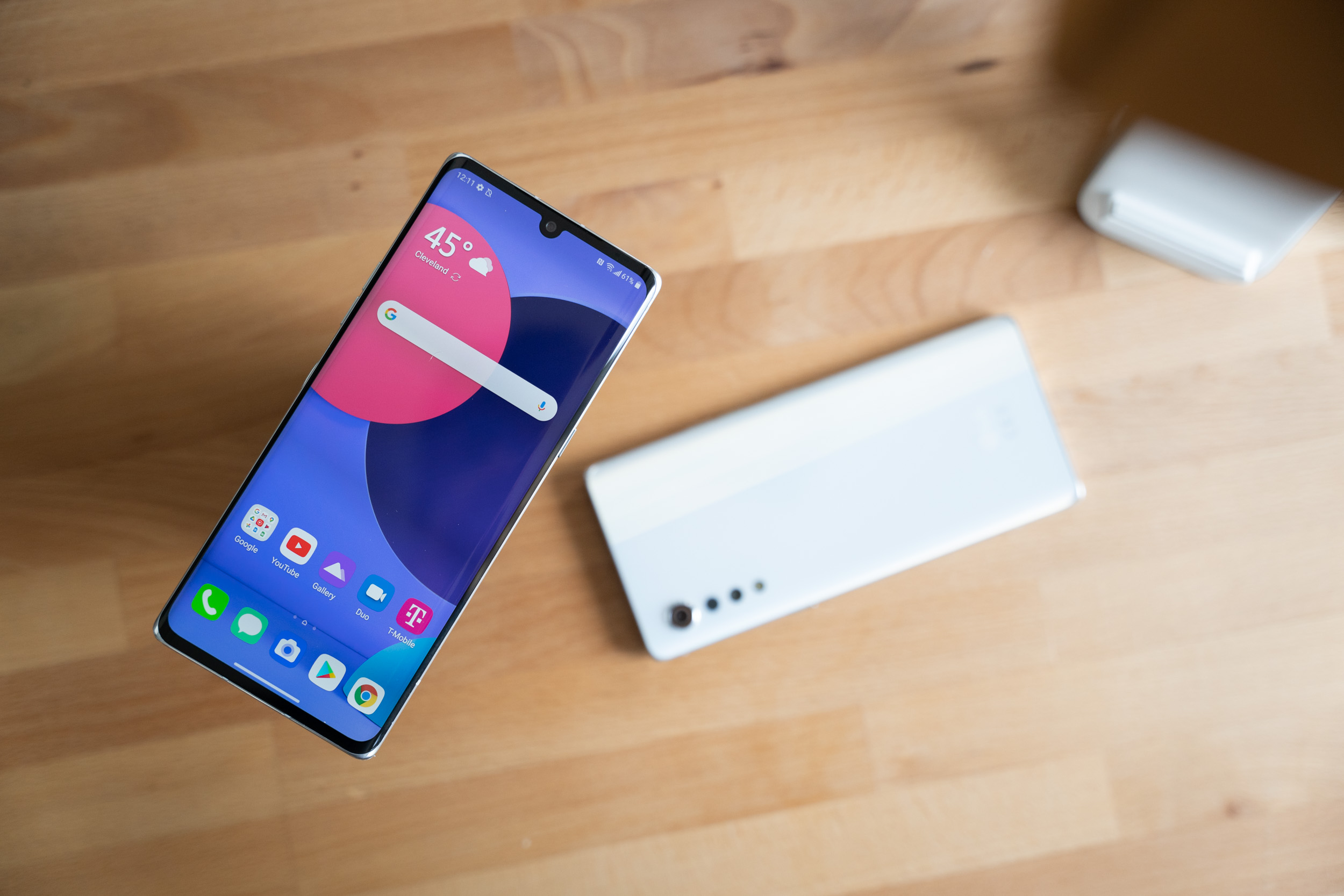
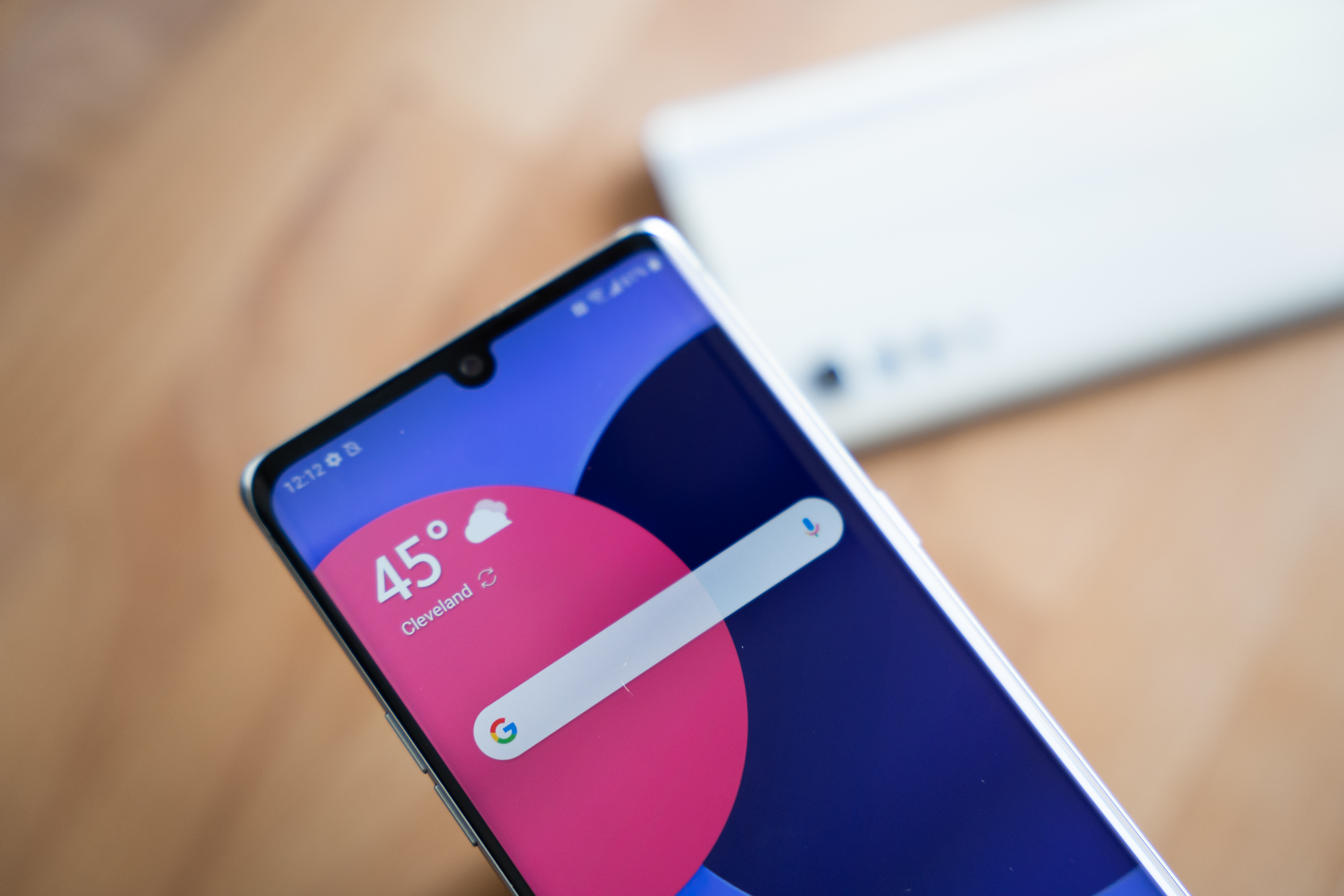

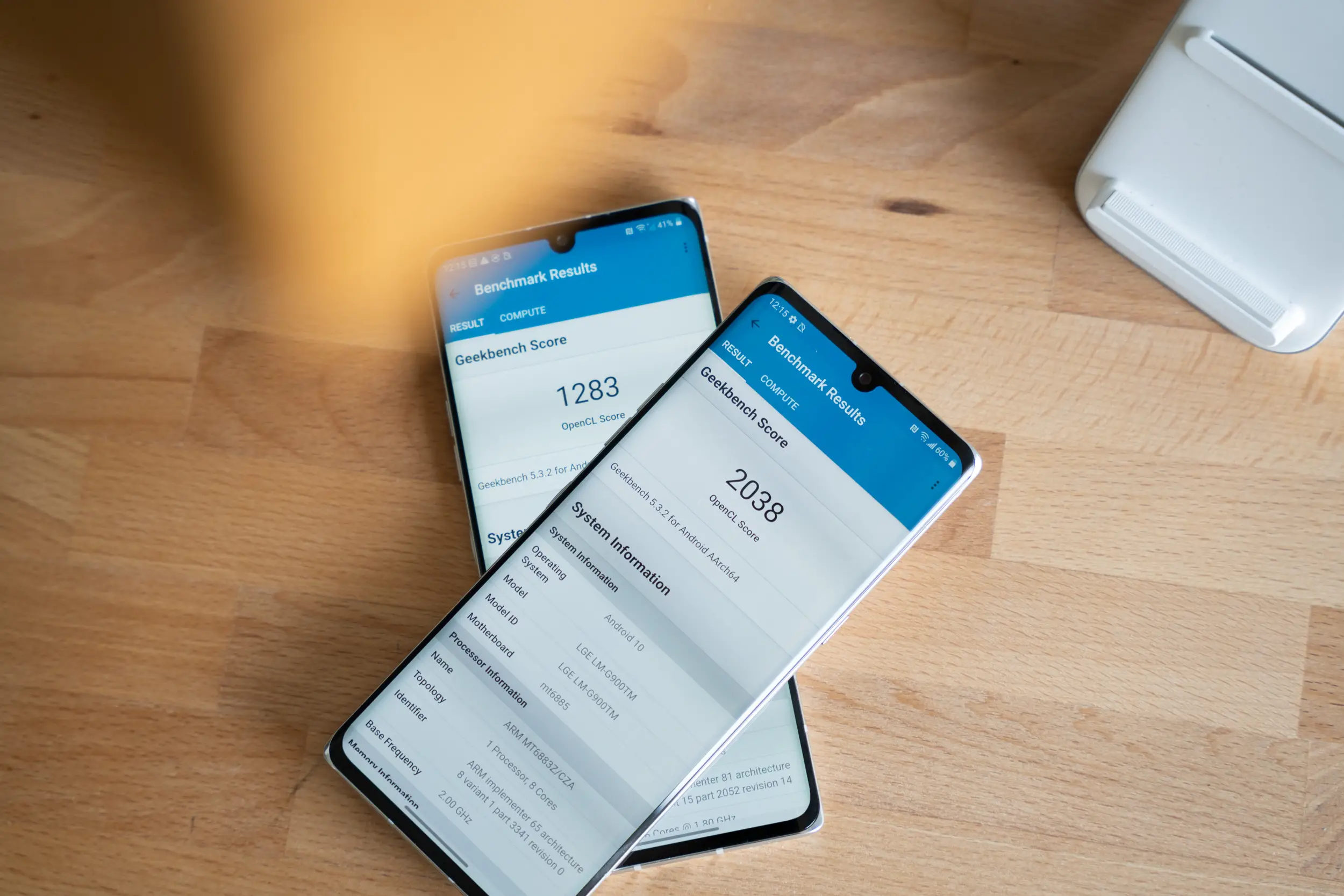
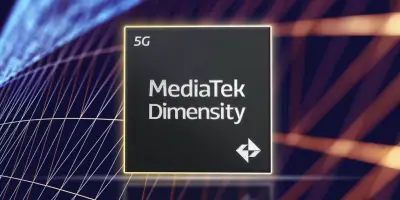

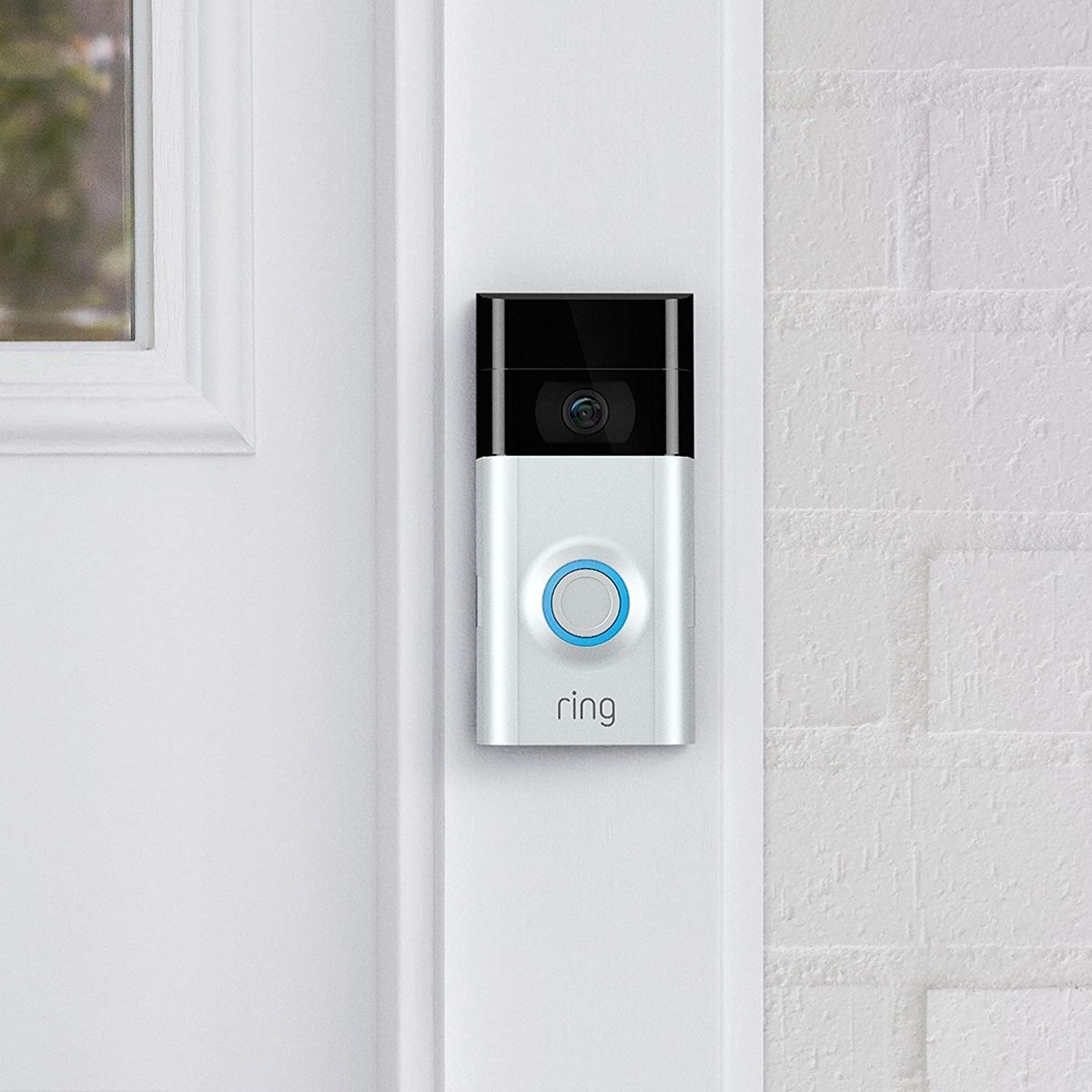
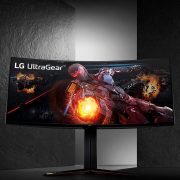

Comments